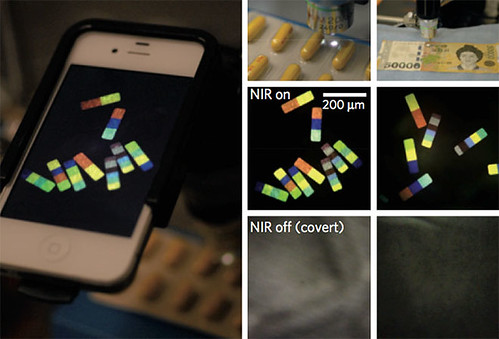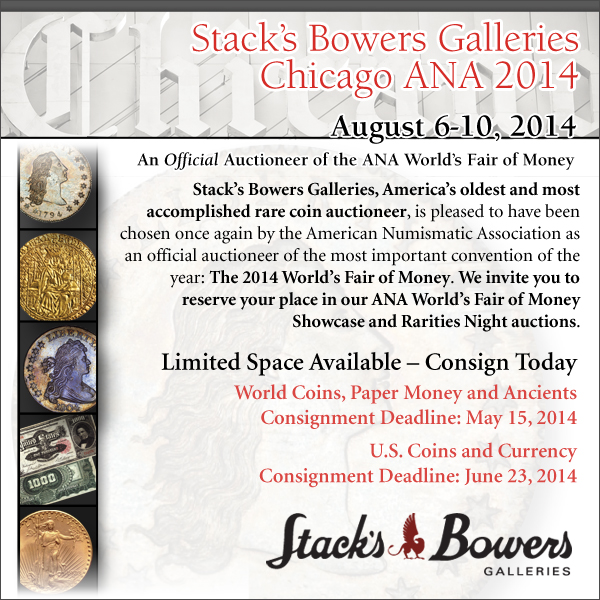
PREV ARTICLE
NEXT ARTICLE
FULL ISSUE
PREV FULL ISSUE
ANTI-COUNTERFEITING COLOR-CODED MICROPARTICLES
This WIRED magazine article posted April 25th describes another new technology for thwarting counterfeiters: color-coded microparticles.
-Editor

Counterfeiters beware: Scientists have developed a new microscopic barcode that can be embedded into currency, credit cards, and industrial packaging. The striped microparticles are invisible to the naked eye, and only reveal their color-coded bands when excited by near-infrared light. The tiny codes can be read under a microscope, or even with a modified smartphone, with error rates of less than one in 1 billion. Paul Bisso, now a graduate student at MIT, initially teamed up with chemical engineer Patrick Doyle and colleagues to design better tags for identifying biomolecules in lab samples. But the group soon realized that the bar-coded microparticles could be adapted for other applications, including counterfeit prevention or quality control. Commercially available micro-tagging kits, which can simultaneously measure multiple proteins or nucleic acids in biological fluids, typically offer thousands of unique codes, each represented by a different colored bead or particle, says Bisso. The lab’s latest design boosts this number by combining different colors in distinctive stripe patterns. For example, a single microparticle can encode up to a million different signals using six stripes in ten possible colors. Combining hundreds or thousands individually coded particles together pushes the information ceiling even higher. “You could barcode every grain of sand on earth,” said Bisso. The stripes get their colors from inorganic nanocrystals laced with rare-earth elements such as gadolinium, ytterbium, or erbium. These elements change the way the crystals respond to light, causing them to give off visible light of different colors when excited by invisible light in the near-infrared range. So far, the scientists have concocted about ten different hues by mixing different combinations of rare-earth elements.

Looking ahead, the researchers are confident that the technology can be readily scaled for commercial production. The microparticle-making machine is around the size of a laptop and should cost about the same, according to Bisso’s projections. And each particle takes about 100 milliseconds to produce. “Imagine a factory or very large room with 100 of these devices,” he said. “You’re talking about on the order of tens to hundreds of millions of particles per hour. That’s perfectly do-able on the industrial scale.” Doyle is now working to streamline the LED attachment that enables smartphones to illuminate and read the micro-codes. “We really want to make it a compact, easily handheld device,” he said. To read the complete article, see: Color-Coded Microparticles Could Thwart Counterfeiters (www.wired.com/2014/04/color-microparticle-barcodes/)

Wayne Homren, Editor The Numismatic Bibliomania Society is a non-profit organization promoting numismatic literature. See our web site at coinbooks.org. To submit items for publication in The E-Sylum, write to the Editor at this address: whomren@gmail.com To subscribe go to: https://my.binhost.com/lists/listinfo/esylum All Rights Reserved. NBS Home Page Contact the NBS webmaster 
|